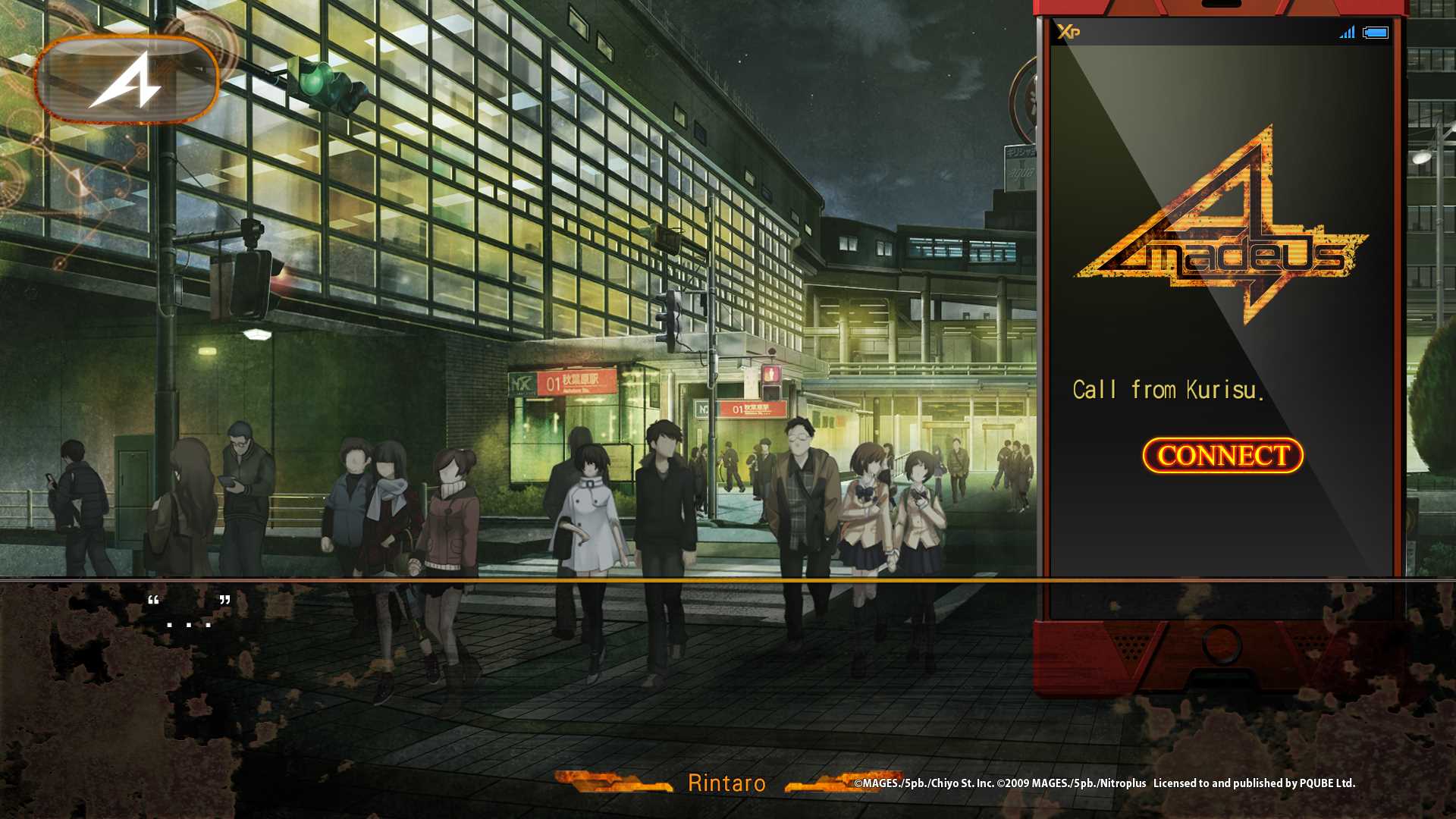Steins;Gate 0 Review
Steins;Gate is a very special game for me. Not only is it one of my favourite media experiences of all time, but it is also an experience that has translated well from game to anime and has built quite the brand around it. The boom in visual novels hitting various platforms in the West has been amazing for a fan of the genre. I never thought we’d get to see Clannad and Steins;Gate officially released in English, but here we are thanks to publishers like PQube, Aksys Games, NIS America and Sekai Project who are taking chances on this rather niche genre.
Since the original released in Japan, there have been a few spin-offs that were never localised but it wasn’t until last year that 5pb. and Nitroplus gave us an actual follow-up (technically it isn’t a sequel, but an alternate take) in the form of Steins;Gate 0, a game that has blown me away and I haven’t even finished everything it has to offer in my near 50 hour playthrough.
I will assume you have already played Steins;Gate or watched the anime for this review. I’ve seen mentions of Steins;Gate 0 being playable without having experienced the original but I absolutely think that is a bad idea and you will be ruining two fantastic experiences. If you haven’t played Steins;Gate, stop reading right now and rectify that. There will be spoilers for the original as it sets up the premise for 0. It felt amazing listening to Kanako Itō do the vocals for the opening that really gets me each time.

Rintaro Okabe suffers from post traumatic stress disorder in the timeline where he ends up killing Makise Kurisu (Christina) instead of saving her. Maho Hiyajo, a scientist, meets Okabe and introduces him to an artificial intelligence program called Amadeus that lets memories of a person get copied into digital form and actually remain alive in some form in a device. The memories form the backend for an AI program that looks and sounds like the real person. Maho shows Okabe Kurisu in Amadeus form and Okabe is taken aback.
Rintaro keeps talking to Amadeus Kurisu and for a change, you actually get to see the story play out through various characters points of view. In some chapters you experience the same scene as Suzuha (Daru’s daughter) followed by Maho. This keeps things interesting.
As with the original, the plot branches are decided by decisions made related to your phone. Deciding when to respond to Amadeus or when to turn your phone off and where to do these things will decide which route you are on. There are multiple endings and I won’t give away how many, but I am left with just two endings after my time spent with 0. The interface will notify you of an important decision with an audio and visual queue and as expected, you will see a nice flowchart that can guide you to the true ending. I still stand by my advice that every visual novel should be experienced once blind without any help. After the first playthrough, you can use a guide to make sure you are on the right path. The highlight of the lighter and slightly humorous sections of the story is Daru’s relationship with Suzuha and how they have a father-daughter bond going on and how she tries to ensure he ends up with her mother from the future. The plot’s only downside is some pacing issues when things begin to pick up in later chapters involving pointless banter or random lighthearted scenes thrown in when things are tense.

While Steins;Gate was made for the Xbox 360 and came out nearly a decade ago, 0 targets PlayStation 4, PlayStation 3, and Vita from the start. On the PlayStation 4, portraits and backdrops look great. There are some dialogues that involve zooming into the background, which results in a slightly blurry image on PlayStation 4 and a poor quality image on Vita. I was hoping they would have the 1080p assets from PS4 on Vita for the zoom sections.
Aside from Kanako Itō’s voice being enough for me, Steins;Gate 0’s score is really great. It has memorable tunes throughout and sounds that set the tone for every scene. Leitmotifs are used in multiple scenes and this will ensure the main theme’s tune is properly engraved into the back of your memory. Voice acting is great as many characters’ original voice actors reprise their roles and the new characters have charming voices. I love the voice acting for Dr Leskinen with the broken English and Japanese accents.

One of my biggest problems with Steins;Gate on Vita was the text wrap issue that caused words like “isn’t” to be split up across two lines. This is not present at all in 0 and the only text issue I encountered was some erroneous spacing in some text boxes, though this is nitpicking. The differences between both versions barring the resolution is load times for the menu. While everything is instant on the PS4, some menus take a few seconds extra on Vita to load. It isn’t too bad but it is noticeable.
Steins;Gate 0 is the sequel I never knew I wanted. It is a perfect alternate take with various expositions for characters I know and love from Steins;Gate. The new characters are great and I’m glad I’m in a timeline in which not only does Steins;Gate get a proper sequel, but one in which it is localised so soon after release in Japan.





